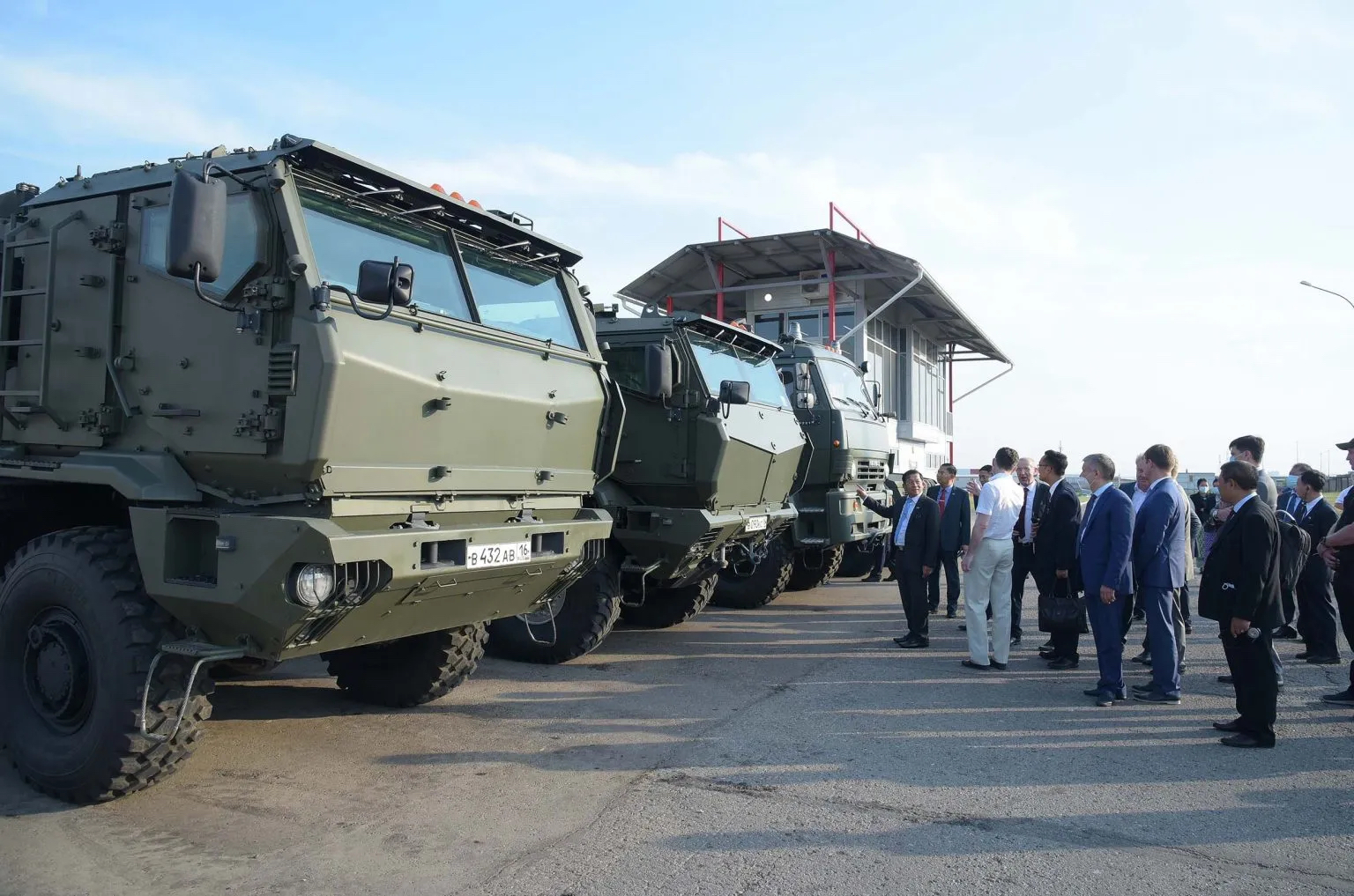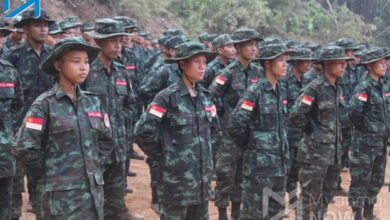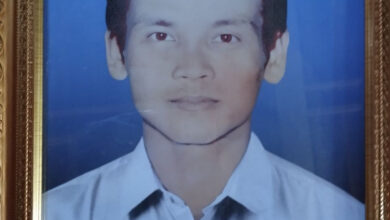
A United Nations (UN) report issued Wednesday extensively illustrates the scale of international weapons supplies to Myanmar’s military in the 23 months after the February 2021 coup.
The report—entitled “The Billion Dollar Death Trade: The International Arms Networks that Enable Human Rights Violations in Myanmar,” was released along with an infographic by the UN’s Special Rapporteur on the situation of human rights in Myanmar, Tom Andrews.
At a press conference announcing the report’s findings, the Special Rapporteur emphasised the numbers of people killed, detained as political prisoners, and displaced in Myanmar since the coup.
“Since that coup on the 1st of February, I have continued to remind [UN] member states that we can address this crisis by denying the junta the three critical ingredients for conducting these operations: one, financial support; two, weapons; and three, legitimacy,” Andrews said.
“The report I’m releasing today… focuses on the networks, the businesses that are providing arms and materials to the military and the roles that UN member states play in those transfers,” he added.
Drawing mostly from open sources like public records and trade subscription databases, as well as confidential information such as shipping data, investigators contributing to the report documented transfers of materials valued at more than $1 billion altogether.
Some $947 million worth of weapons, components, dual-use technologies, and raw materials needed for their manufacture were supplied directly to the Myanmar military, and nearly $59 million were sold to entities known to broker the military’s arms supplies.
According to the report’s findings, the five countries from which the largest arms supplies to the military have been transferred since the coup are Russia, China, Singapore, India, and Thailand, in order of the dollar value of their arms exports to Myanmar.
Entities based in Russia are responsible for around $406 million of these documented exports, or 40% of their value, while suppliers in China are responsible for 27%, and those in Singapore, India, and Thailand are responsible for 25%, 5%, and 2.8%, respectively.
The report’s authors note that the data is known to be incomplete for parts of the investigation’s chronological scope and almost certainly underreports the full amounts supplied, especially from Russia and China.
The movement of arms and components from and via Singapore appears to be a direct violation of the stated Singaporean government policy prohibiting the transfer of arms or dual-use equipment to the Myanmar military. The report omitted the names of the Singaporean firms found to be facilitating arms transfers, deferring to the Singaporean government to take the time needed to investigate entities violating the policy within its jurisdiction and take appropriate action.
The report also noted that there was no evidence of Thai officials’ direct approval or involvement in supplying arms to the junta and urged the Thai government to adopt and enforce a policy similar to Singapore’s.
Since seizing power in the 2021 coup, Myanmar’s military has relied heavily on air power and other technological advantages over the resistance forces continuing to challenge its control throughout the country. The report details where the technologies needed to maintain this advantage are coming from.
“The diversity and volume of goods provided to the Myanmar military since the coup is staggering. The Special Rapporteur has identified transfers of fighter jets, attack helicopters, reconnaissance and attack drones, advanced missile systems, tank upgrades, radio and communication equipment, radar complexes, and components for naval ships,” the report states.
The report identifies more than 250 “unique suppliers,” the named firms and entities based in each of these countries exporting arms, parts, and materials to the Myanmar military or its brokers.
In three of the five profiled countries—Russia, China, and India—these suppliers include state-controlled entities. For example, Russia’s Rosoboronexport, a state-owned agency for foreign trade in defence-related products, is responsible for over half of Russia’s exports of weapons and military equipment to the junta, including SU-30 and MiG-29 fighter jets.
Andrews cited the April 11 mass slaughter of civilians in Pa Zi Gyi village, Sagaing Region, as an example of the atrocities enabled by the military’s international arms suppliers.
Among other links, the report documents that Russian entities continue to provide spare parts and repairs for the Russian-made Yak-130 jets and Mi-35-type attack helicopters, the types of aircraft used by the junta in the Pa Zi Gyi massacre.
According to the report’s conclusions, international sanctions imposed by foreign governments—particularly the United States, United Kingdom, Canada, and Australia—and entities like the European Union have broadly failed to prevent the junta’s ongoing acquisition of arms from abroad.
“Sanctions have not been applied comprehensively to entire weapons networks. This enables arms dealers to shift trade in response to sanctions,” Andrews said. “The weapons and the money continue to flow, only they flow through different entities… This is a fundamental problem.”
He appealed for more complete and coordinated international sanctions regimes capable of stopping the junta’s ongoing campaign of violence and terror against Myanmar’s people.
“To be effective, sanctions must target these entities in their entirety and comprehensively, and I hope that countries can use the specific information that I identify in this report so they can expand their efforts to… stop these companies from shifting away from sanctions,” he said.
The establishment of intermediary or affiliate shell companies is another known practice for evading international sanctions used by Myanmar businesses.
The conclusion about the current ineffectiveness of existing international sanctions cites and corroborates findings published in a joint report earlier this year by international monitoring groups Global Witness and Earthrights International. The report detailed how a lack of coordination among sanctioning governments and entities like the EU created difficulties for effective enforcement.
![Resistance fighters holding heavy weapons ammunition in central Myanmar. (Photo: Freedom Revolution Force [FRF])](https://myanmar-now.org/en/wp-content/uploads/sites/5/2024/04/438869056_443267851680128_1706386881626943924_n-390x220.jpeg)


